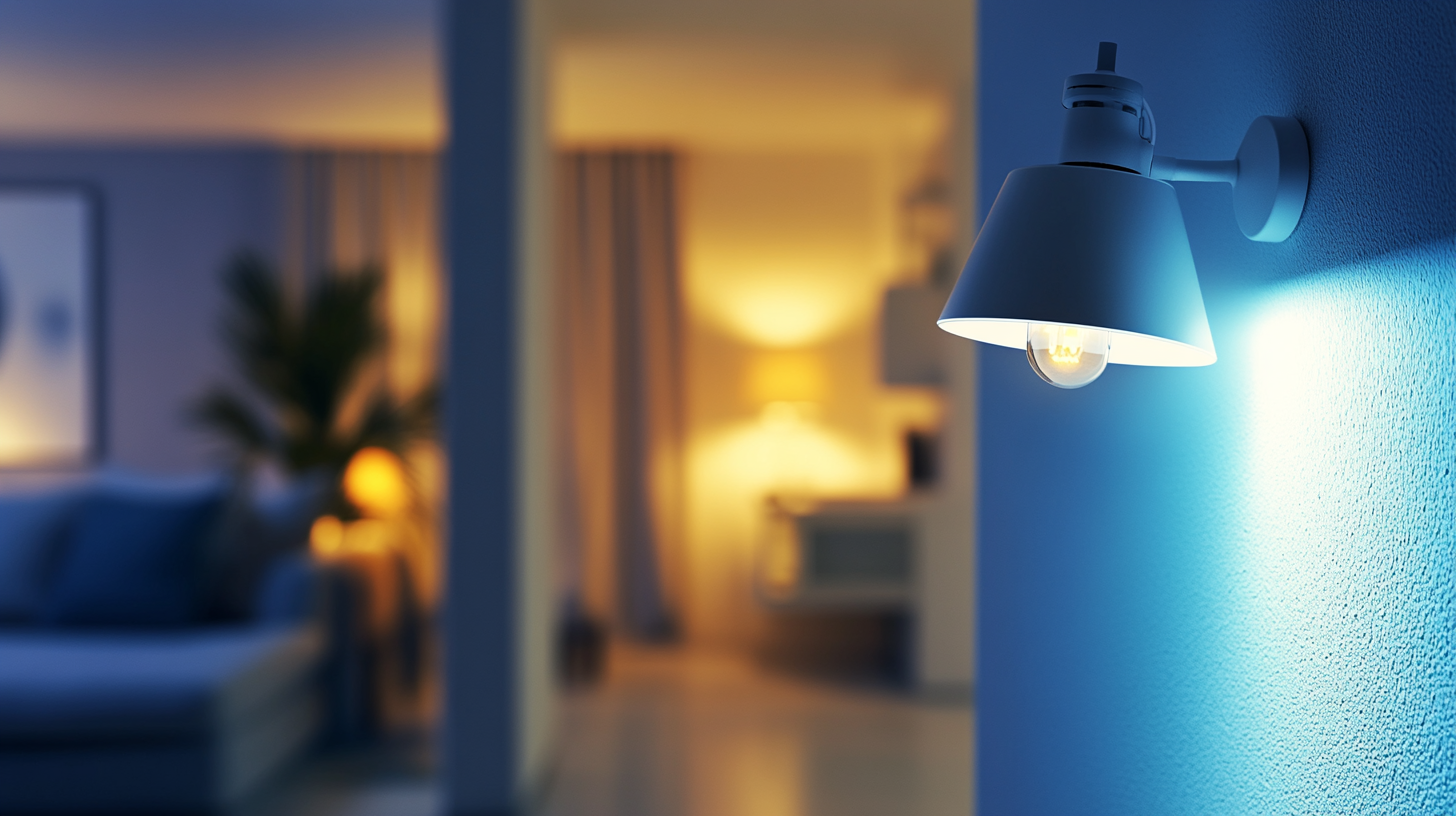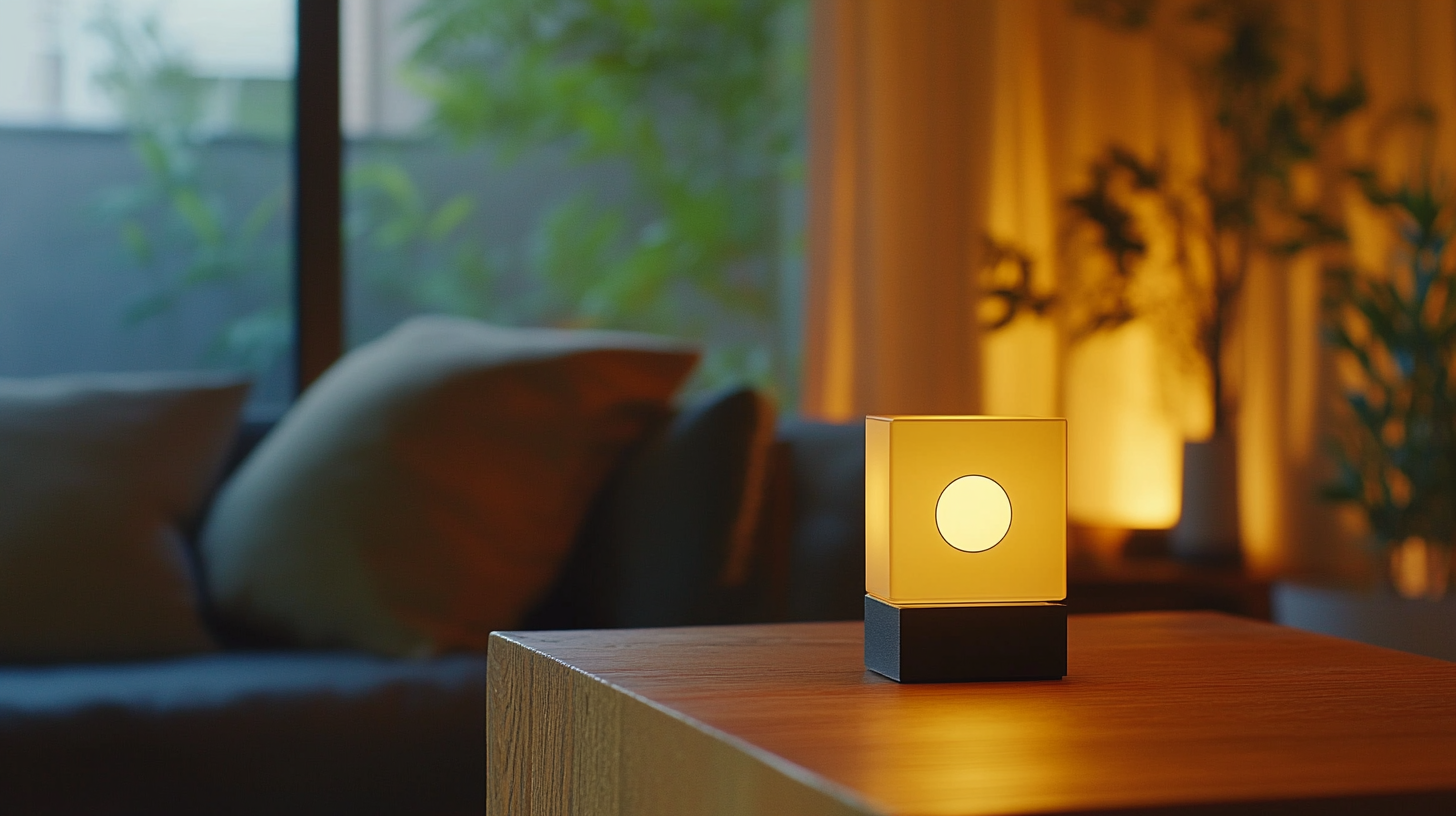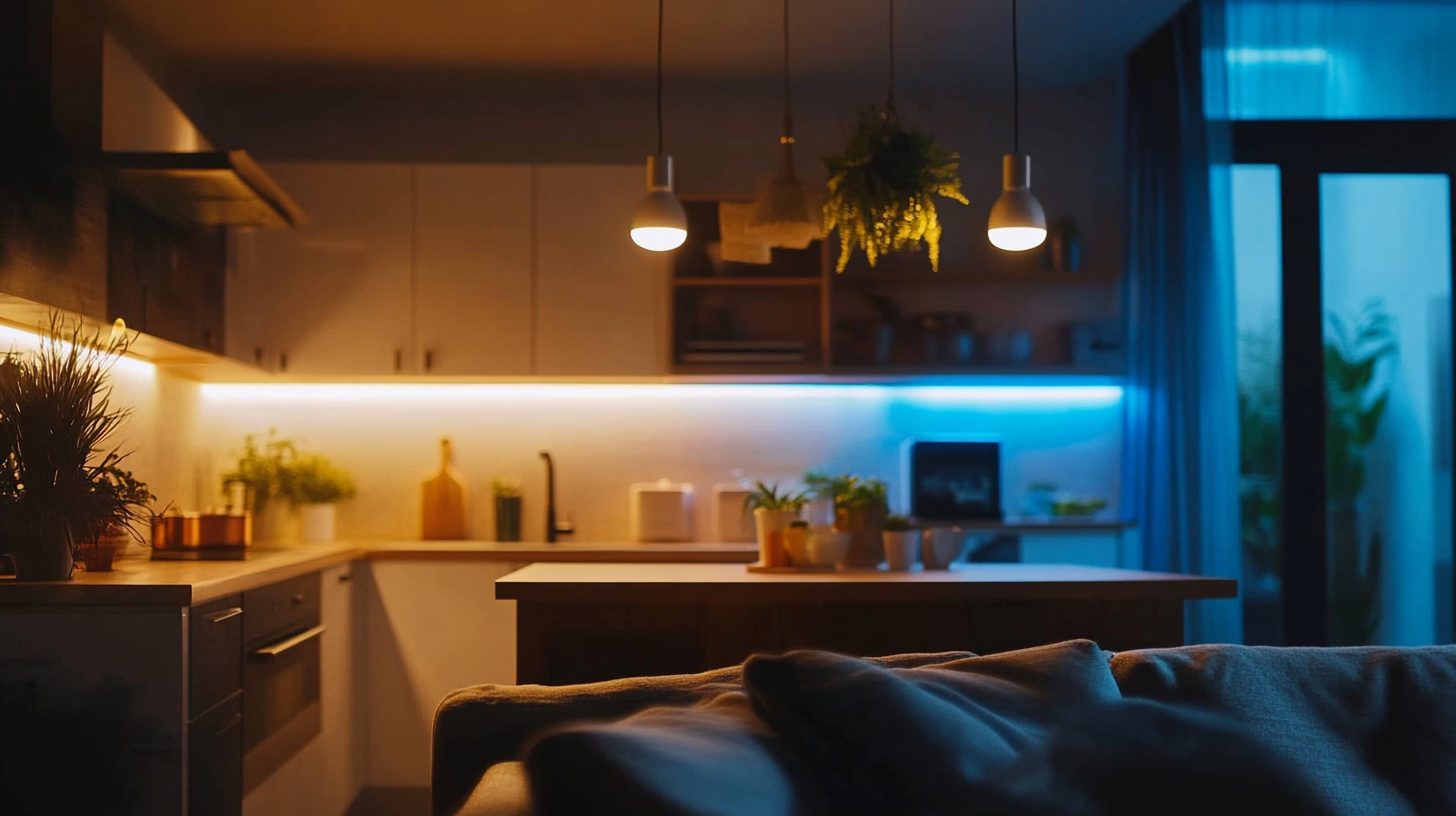Edison LED Lighting
Projects
Unlocking the Future of Smart Lighting with Cutting Edge Technical Specifications
In recent years, the concept of Smart Lighting has transcended beyond mere functionality, evolving into an integral component of modern smart homes and urban environments. With advancements in technology, the potential for intelligent lighting solutions is boundless, offering not just energy efficiency but also enhanced user experiences and environmental benefits. This blog will delve into the cutting-edge technical specifications that are reshaping the landscape of Smart Lighting, highlighting how these innovations unlock new possibilities for both residential and commercial applications.
As we explore the future of Smart Lighting, we will examine the critical elements that define these sophisticated systems, from connectivity and automation to integration with smart home ecosystems. The rise of IoT (Internet of Things) has paved the way for unprecedented levels of control, allowing users to personalize their lighting settings seamlessly. Join us on this journey as we uncover the most exciting developments in Smart Lighting technology and envision a brighter, more efficient future ahead.

The Evolution of Smart Lighting: A Technological Overview
The evolution of smart lighting technology has been remarkably transformative, integrating advanced capabilities and enhanced user experiences that reflect the growing demand for intelligent home solutions. Recent developments in artificial intelligence and big data have played a pivotal role in this revolution. As reported, AI technologies are pushing the evolution of smart homes, leveraging powerful data processing and predictive analytics to create lighting systems that adapt to users' preferences and environments effortlessly. According to market research, the global smart lighting market is projected to reach approximately $32 billion by 2025, demonstrating a compound annual growth rate (CAGR) of around 24%. This surge is driven by the increasing integration of smart devices within home ecosystems, highlighting the need for innovative lighting solutions that not only improve functionality but also enhance aesthetic appeal. Leading companies are now focusing on producing lighting solutions that are not only energy-efficient but also capable of seamless connectivity and automation, aligning with the latest trends in smart home technology. The development of adaptive lighting systems illustrates how far we have come. Traditional lighting solutions are being replaced by intelligent fixtures that adjust brightness and color based on both user preferences and environmental conditions. For instance, systems powered by advanced AI algorithms can learn from daily routines and automate lighting schedules, effectively enhancing safety, security, and ambiance within the home. As we continue to unlock the future of smart lighting, coupling cutting-edge technical specifications with user-focused designs will be essential in meeting the ever-evolving demands of modern living.

Key Technical Specifications Driving Smart Lighting Innovation
Smart lighting is evolving rapidly, driven by significant advancements in technology and precision specifications that align with the needs of modern urban living. The recent collaboration between Govee and IDC highlights this transformation, offering insights into the critical specifications that propel smart lighting innovation. According to their latest whitepaper, the integration of IoT technology not only optimizes energy consumption but also enhances user experience through customizable lighting solutions.
One of the key technical specifications emerging from industry reports is the importance of interoperability. As cities advance towards smarter infrastructures, devices must seamlessly connect and communicate across platforms. A recent study emphasizes that over 70% of smart city projects aim to improve energy efficiency, underscoring the necessity for lighting systems to be compatible with other smart technologies. This compatibility ensures effective data sharing and ultimately leads to improved resource management.
Moreover, advanced sensors and adaptive lighting systems are revolutionizing the way urban spaces are illuminated. Data indicates that smart lighting can reduce energy usage by up to 50% when integrated with responsive systems that adjust to real-time conditions. This represents not only a cost-saving measure for municipalities but also a step towards sustainability in smart city initiatives. The ongoing development in smart lighting technology promises to significantly enhance urban living, making cities safer and more efficient.

Integrating Smart Lighting with IoT: Benefits and Challenges
The integration of smart lighting with the Internet of Things (IoT) holds immense potential to transform urban environments and individual workplaces. By leveraging interconnected systems, smart lighting solutions can provide enhanced control over energy consumption, improve ambience, and bolster safety. For instance, when integrated with IoT sensors, smart lighting can automatically adjust brightness based on natural light levels or occupancy, thereby optimizing energy usage and minimizing wastage.
However, while the benefits are significant, there are also challenges to consider. The sheer volume of data generated by interconnected devices raises concerns regarding network management and data security. As noted in recent discussions around asset management, real-time tracking and monitoring can be hampered if proper protocols are not in place. Furthermore, the interoperability of various smart lighting systems with existing IoT frameworks can pose technical hurdles, often requiring robust standards and collaboration across industries.
Moreover, machine learning techniques can enhance the functionality of smart lighting systems. By analyzing usage patterns and environmental factors, these systems can learn and adapt, offering an even smarter infrastructure capable of anticipating user needs. This evolution not only paves the way for more intuitive user experiences but also adds a layer of intelligent automation that can significantly reduce operational costs in both commercial and residential settings. Yet, as we advance, addressing the associated challenges will be crucial to unlocking the full potential of smart lighting in our increasingly connected world.

User-Centric Design in Smart Lighting Solutions
In the realm of smart lighting solutions, user-centric design stands at the forefront of innovation, shaping experiences that resonate with the individual's needs and lifestyle. Recent market trends indicate a surge in demand for human-centric lighting, driven by the push towards smart cities and the increasing recognition of lighting's pivotal role in enhancing well-being. According to industry forecasts, the human-centric lighting market is set to expand significantly, reflecting a paradigm shift toward solutions that prioritize the user's experience.
As the landscape evolves, companies are focusing on integrating intelligent features that not only enhance convenience and efficiency but also foster a deeper connection between users and their environments. Reports highlight that smart lighting technology is increasingly being tailored to adapt to personal preferences, enabling users to customize their lighting systems to suit various activities and moods. This trend is indicative of a broader movement within the smart home industry, where personalization and user engagement are becoming key differentiators.
Moreover, the interplay between smart lighting and the Internet of Things (IoT) is transforming how users interact with their spaces. By leveraging IoT technology, lighting systems can communicate with other smart devices, optimizing energy consumption and enhancing overall functionality. As a result, a seamless, integrated user experience is emerging, wherein lighting not only serves its traditional purpose but also contributes to energy efficiency and enhanced security.
As the smart lighting sector continues to grow and innovate, the emphasis on user-centric design will undoubtedly remain a guiding principle, fostering solutions that are intuitive, adaptable, and fundamentally user-friendly.
Future Trends: Sustainability and Energy Efficiency in Lighting Technology
The future of lighting technology is being defined by two critical trends: sustainability and energy efficiency. As the global market for antibacterial LED panel lighting is projected to grow from $2.24 billion in 2024 to $4.002 billion by 2032 at a CAGR of 6.2%, it reflects a discerning shift towards healthier, energy-conscious solutions. This evolution is not just about aesthetics but represents a pivotal step in sustainable development, showcasing how technological advancements can align with environmental responsibility.
In smart building design, energy efficiency is no longer a mere technical or economic consideration; it embodies a significant stride towards sustainability. Modern innovations, such as automated shading systems and intelligent control mechanisms, are reshaping our interaction with spaces. These technologies leverage Artificial Intelligence (AI) and the Internet of Things (IoT) to optimize energy use effectively, thus reinforcing environmental sustainability goals. For instance, smart buildings not only enhance rental yields through better energy management but also play a crucial role in reducing carbon footprints and supporting tenants' experiences.
Looking ahead to 2025, the green technology sector anticipates a series of groundbreaking innovations aimed at combating climate challenges. As more businesses adopt these technologies, improvements in energy efficiency will become more pronounced, paving the way for a greener, more sustainable future. The emphasis on efficiency and sustainability in lighting and building design underscores a broader trend that prioritizes environmental responsibility, ensuring that the developments in smart lighting technology resonate with the global commitment to a sustainable future.

